I was playing through some Dragon Age the other day (because of course I was), and it struck me that most of the discussion surrounding Dragon Age II is mostly about how bad the environments are or how ugly the elves are (cough cough), and the discussion surrounding Mass Effect 2 – a game that shares its “middle child” position – are focused on the great characters and improvements that the sequel made on the original.
But does this mean that one game is objectively better than the other one? I’m not sure sure. When it comes to writing a trilogy, the second installment has a pretty important job to do. I would venture to say that the second book can make or break the entire adventure. If done poorly, the audience loses interest and the plot falls apart. But if done well, the reader is left wanting to know more, and rooting even more enthusiastically for the protagonist to reach a satisfying conclusion.

So, how do these middle children of BioWare’s two beloved franchises measure up? First, we need to think about what it means to be the second installment of a trilogy
Finding Purpose
Within the trilogy, the second installment has a very important job. This job is, somewhat obviously, linking the first and third installments of the series. But it’s not just a matter of building a bridge and being done with it. After all, the second installment is quite literally more of the same story that happened in the first installment. Risk of repetitious storytelling and boredom on the part of the audience is, therefore, high. And, to add more complexity, the story needs to be able to stand on its own as a good, cohesive story.
Above all, one of the most important things a second installment can do is create more questions for the audience. This will keep them invested and interested in the story, especially if those questions revolve around things that were “known” or “assumed” in the first installment. If all of a sudden something that seemed so sure now has some reasonable doubt thrown on it, our natural curiosity will keep us puzzling over what the “real” solution is.

Additionally, the main plot is familiar to the audience by this point, so another way the second installment can maintain interest is by introducing smaller subplots, perhaps focusing around different characters affected by the main story. This not only keeps the audience’s interest, but won’t be as confusing in a second installment because the audience already knows and understands the main points of the story. These subplots can then reference it without needing to explain it, or run the risk of obscuring it too much.
Of course, these things can be done with plot, but also with characters. Second installments often introduce new characters, and integrate them with the familiar ones already known to the audience. These new characters might also not be completely trustworthy, adding intrigue and also adding – again – a subplot of sorts as the audience tries to figure out what the new character’s motivations are.
While we’re on the topic of characters, a second installment could also potentially have all (or mostly) new characters, and instead opt for the unexpected reappearance of old, familiar characters, which can elicit an emotional reaction from the audience, as well.
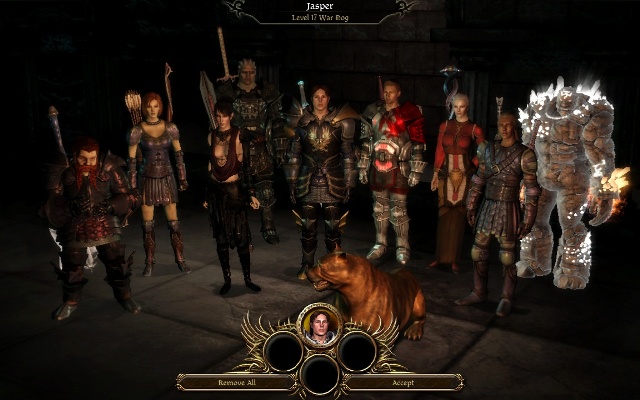
The take-away message is that for a second installment in a trilogy to be successful, it must pose more questions than it answers, either by questioning things that the audience believed to be true from the first installment, or adding intrigue through new/unknown/untrustworthy characters. It should also introduce other, smaller plotlines to maintain interest, flesh out the world, and keep the audience invested in the main story overall.
So how did BioWare do? Let’s check the games out in chronological order.
**Beware unmarked spoilers for Mass Effect 2 and Dragon Age II below**

Middle Child: Mass Effect 2
Released in 2010 by BioWare’s Edmonton studio, Mass Effect 2 sought to not only address some of the combat issues of Mass Effect but also set the stage for what would eventually be Shepard’s finale in Mass Effect 3. We meet Shepard after a ground-shaking event, and long story short wind up on a new adventure with a new crew. For a moment, it seems like Shepard’s main focus has shifted away from Sovereign and the Reapers, and onto the Collectors that destroyed her ship and killed some of her crew.
Introduce More Characters, Some Not Trustworthy
When it comes to this aspect of a second installment, BioWare certainly knocks it out of the park in Mass Effect 2. For much of the game, Shepard traverses the galaxy acquiring crew members and getting involved in their lives through their sidequests. I always found it fascinating that for most of the game, Shepard is surrounded by people she doesn’t know and, I’d imagine, doesn’t completely trust because of it.

But of particular interest are Miranda Lawson and her boss, The Illusive Man.
As the head of Cerberus, a human-first (to some) or terrorist (to others) organization, The Illusive Man is immediately distrusted by Shepard, and yet because he’s Shepard’s new boss, he is not only ever-present, but integral to the plot. This puts him at immediate odds with Shepard, which only grows worse as he subtly shows that he’s willing to omit certain truths to manipulate Shepard.
Of course, as one of his most trusted employees, this means that Miranda Lawson is also immediately suspect, as well. And this might be worse, as she’s the commander’s new executive officer and, as Mordin discovers, she’s been bugging on the Normandy…
Unexpected Return of Familiar Characters
One of the most (pleasantly) surprising moment of the game was, for me, the unexpected meeting with Tali on Haestrom… followed by the crushing disappointment that she wouldn’t join the crew. But even though Shepard and I wanted to be with our old friends, again, we pressed on, only to be pleasantly surprised again when Garrus was revealed to be a potential crew mate, followed by Tali a little later, followed by an unexpected conversation with the Virmire survivor.

While Ashley/Kaiden’s return was brief, and served to remind the player that everything wasn’t actually as “okay” as it was in the first game, as a player I found myself delighted to see these old friends again, even if for a few moments. And, as you might remember, they used the music from Mass Effect during these moments.
Things Believed to Be True Are Less Certain
There are a number of examples for this, but I think one of the most obvious examples is that even though Shepard took out Sovereign at the end of the first game, the Reapers were, in fact, a much larger threat than she (or anyone) imagined. I’m not sure the magnitude of that sank in until exploring the derelict Reaper, or battling the human Reaper at the end. The heroic, happy ending of Mass Effect wasn’t an ending at all, but more of a delaying of the attack.
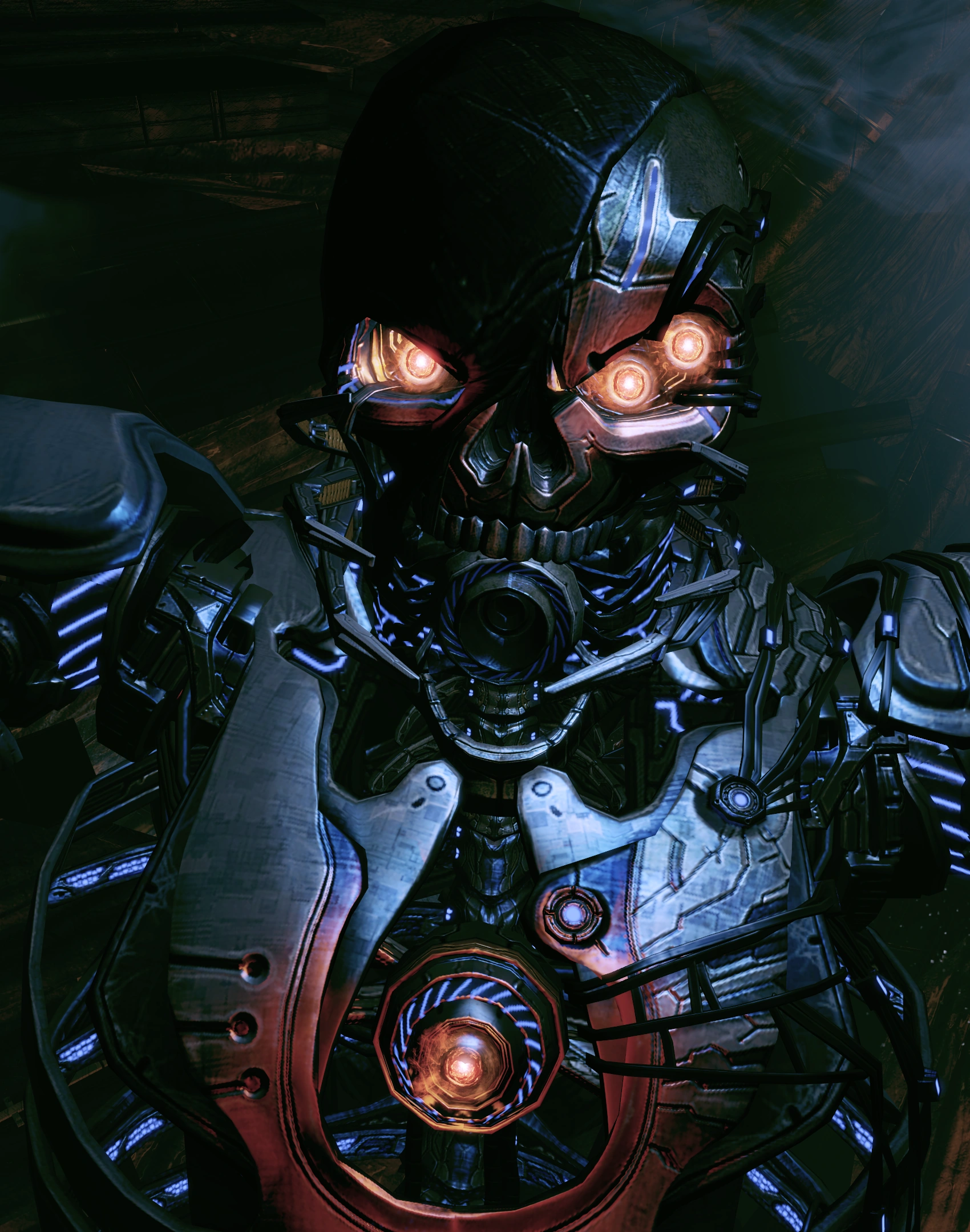
In another twist, Cerberus seems to be more of the proactive, human-protecting group I think many players wanted the Alliance to be. Cerberus believes Shepard, even though it’s inconvenient, and throws its large, powerful fist of money at trying to stop the Reapers from advancing while the Alliance and Council sit with wool pulled happily over their eyes. So although The Illusive Man is distasteful, the Alliance is exactly “being there” to protect humanity, either, which throws into question who alliances should be with, and who to really consider an ally in the fight.*
Multiple Conflicts Introduced
The coming Reapers, the Collector attack on the Normandy, Cerberus as hero, Cerberus as villain, Tali verus Legion, human colonies disappearing, all of the sidequests… I’d definitely say that Mass Effect 2 keeps people in a constant state of concern over the state of the galaxy and the people in it, without focusing on the biggest threat: the Reapers themselves.
Create More Questions for the Audience
Who is the Illusive Man?
Will he turn on Shepard when she is no longer useful?
Even though it’s possible to stop one Reaper at a time, is it really possible to beat an entire army of them?
With the galaxy in denial, will they realize there is a threat before it’s too late?
What happened to the rest of Shepard’s crew?
Middle Child: Dragon Age II
Also released by BioWare’s Edmonton studio, Dragon Age II was released in 2011 after a fairly short development time. Although technically the game starts directly after the fall of Lothering in 9:30 Dragon (during the Blight), the game proper doesn’t start until 9:31. Bridging a gap of 10 years, Dragon Age II presented a much more personal story of Hawke, trapped in Kirkwall and trying to make a live amidst the ever-growing tensions between mages and templars, a group of stranded and foreboding quinari, and family drama.
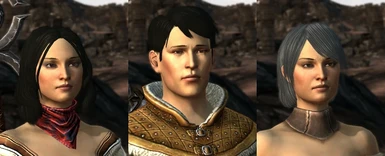
Introduce More Characters, Some Not Trustworthy
Again, it’s a BioWare game, so the characters are exactly on point. Right away, we’re (re)introduced to Flemeth – a much more powerful-looking Flemeth than in Origins – along Cassandra, an aggressive woman who demands to know details of Hawke’s life before the player can acclimate to the new game. Varric makes his triumphant entrace, as do Anders (if you didn’t play Awakenings, he’s s new character), Fenris, and Bethany. And while it’s easy to point to Uncle Gamlen, Arishok, or the viscount, above all you have Orsino and Meredith, the faces of the mage-templar conflicts in Kirkwall, one who seems reasonable, and the other who doesn’t, but neither whom seem to tell all the truth all the time.
Unexpected Return of Familiar Characters
Of course, it wouldn’t be a second installment without some familiar faces! Alistair can pop in, either as king or as a drunken outcast, and Bann Teagan is by his side in those cases. Isabela, the pirate queen who is an NPC the Warden can meet by chance in Origins, is a full companion in Dragon Age II, and will even comment on the Warden (and Leliana) in the right circumstances. Merrill, friend to the Dalish Grey Warden, also appears, as does the entire Sabrae clan. Like Isabela, she is no longer on the sidelines, but a rather integral part to the story as a companion character with an intriguing story arc, herself.
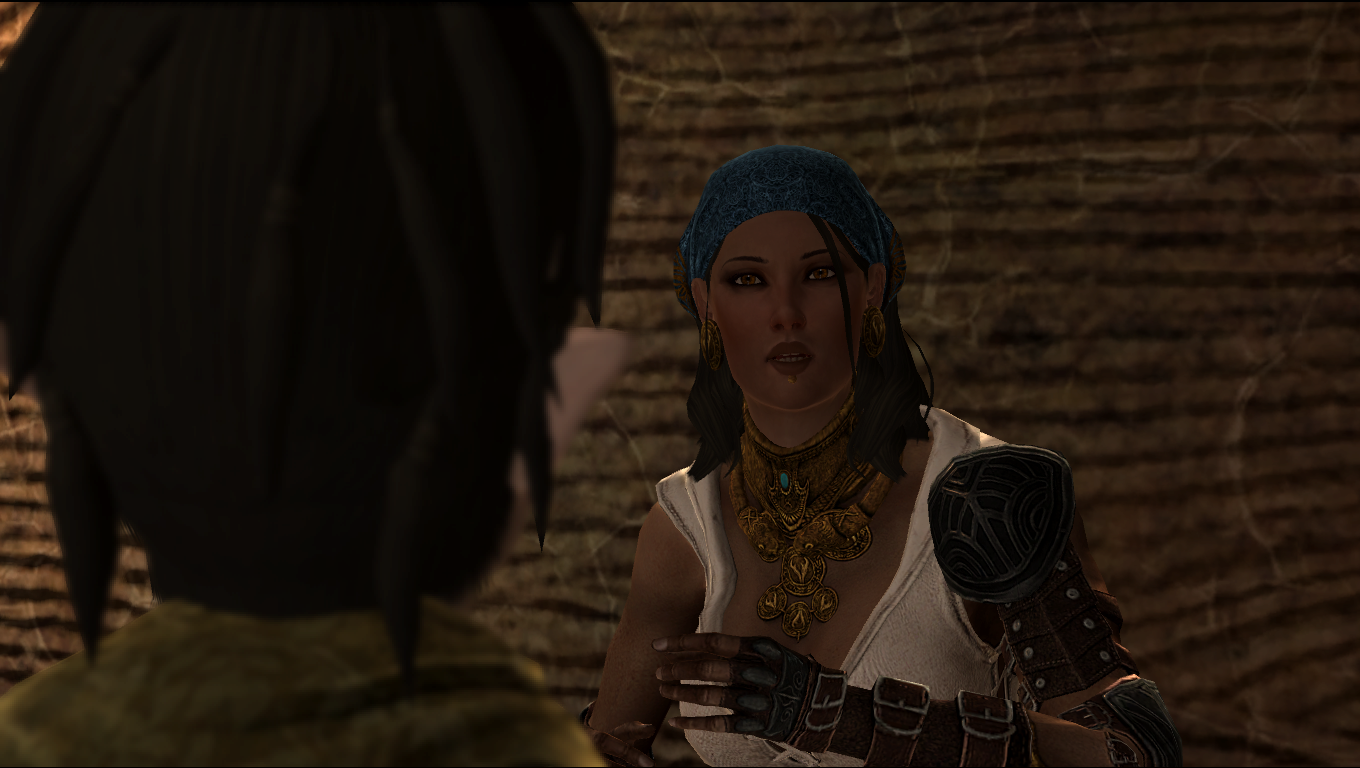
Things Believed to Be True Are Less Certain
Templars are bad, mages are good and put-upon.
…I mean, aren’t they?
Coming out of Origins, that may have been the overall impression, even with all the drama at the Circle Tower. One bad apple does not ruin the entire orchard, after all. But in Kirkwall, things are different. At the end of the day, both templars and mages have done some pretty awful, shady, terrible things, and that lovely dividing line seems to disappear (even if I personally think the devs went a little far in their portrayal of how mages act when the templars aren’t around).
The qunari are bad, aren’t they? Except maybe they have good intentions, but maybe they’re very harsh in how they treat followers (and non-followers) of the qun. But the religion itself is… surprisingly not hostile.
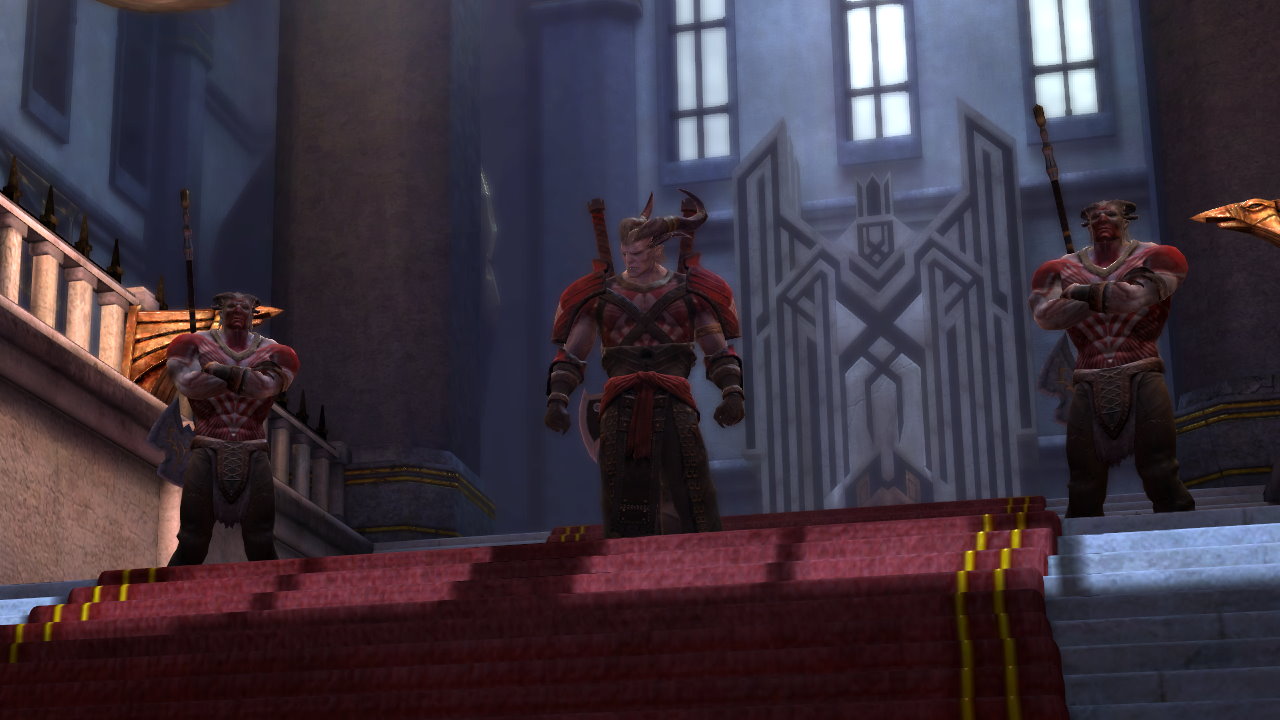
And maybe the Chantry has been (gasp) oppressive, more than a shining beacon of hope and love.
Multiple Conflicts Introduced
I think Dragon Age II did this a little too well to be considered a good presentation, but hearts were in the right place. Act I centers around Hawke trying to regain the family estate/fortune, Act II deals with the qunari threat, and Act III focuses on the mage-templar conflict. All the while, Merrill is slowly destroying what she once loved, in order to (try and) save a piece of her history (and perhaps her friends), Isabela is dealing with the fallout of a job gone bad, Fenris is an escaped slave being chased by his master, Grey Wardens are concerned about the Deep Roads, and….
Yeah I’d say there are a lot of conflicts introduced.
Create More Questions for the Audience
The main questions revolved around, unsurprisingly, the mages and templars.
Is one good? Is one bad?
Are mages able to live without templar supervision, since they seem to do so poorly when they have the chance?
Are blood mages evil?
What makes a family?
Are people more than their race, or their situation, or are those good dividing lines, after all?
What Each Did Right
From the above comparison, both Mass Effect 2 and Dragon Age II are solid second installments to their respective trilogies. They “tick all the boxes” and provide a connecting bridge between the first and final games of their trilogies.
Interestingly, they both put the main focus of the game on a much smaller and more personal story. As I mentioned in my Interesting Case post, after the defeat of the archdemon and the subsequent saving of the world, it didn’t seem like there was further “up” to go, in regards to scale. Plus, audience members need an emotional break from the constant tumult of vitally-important and world-changing events. So Dragon Age II instead focuses on the “average person” Hawke, their family, and how all of these otherwise-huge events (mage-templar conflict, qunari invasion, political unrest, etc.) affect the average human just trying to build a life in a new world/city.
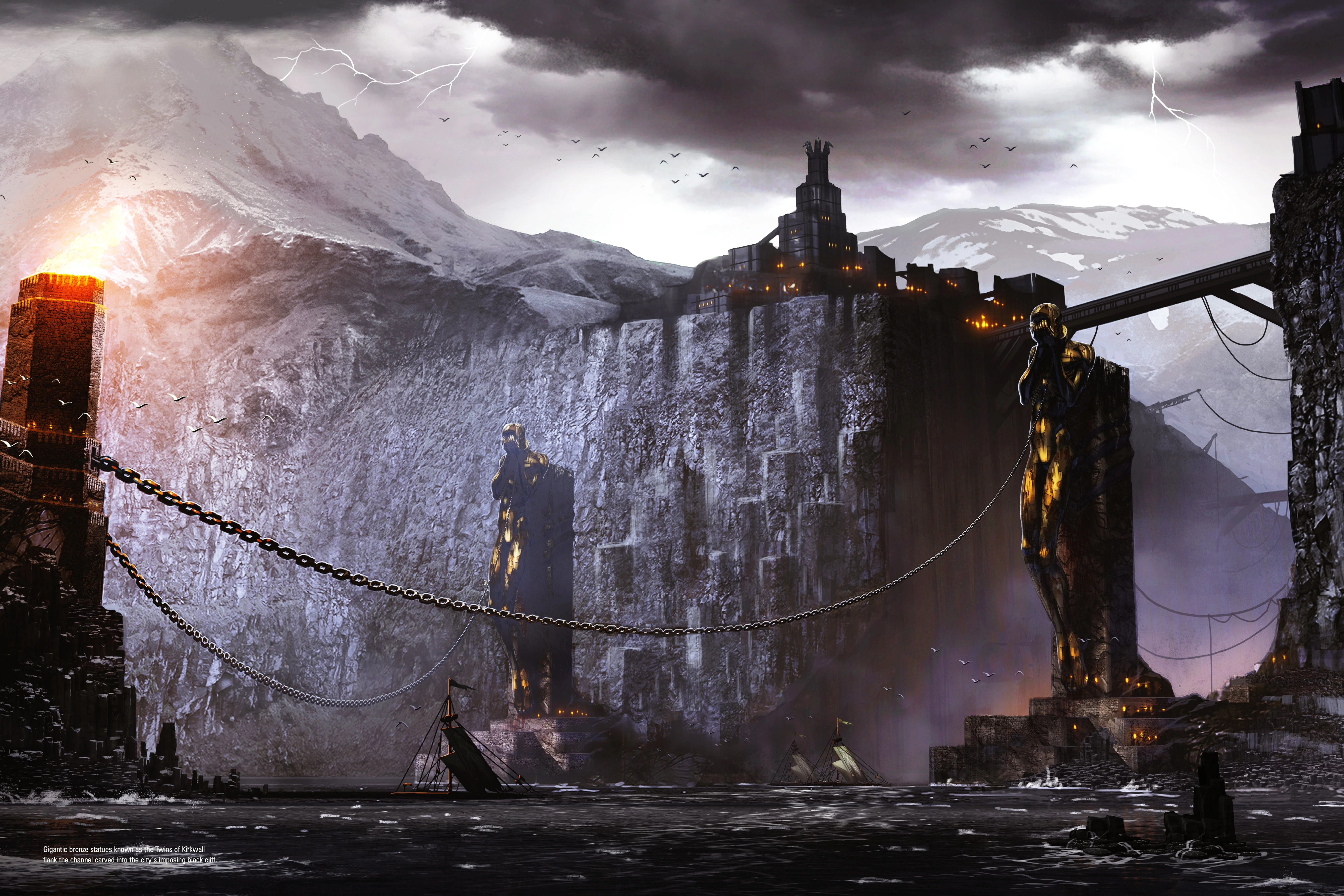
Additionally, the mage-templar conflict is hinted at throughout the game (not very gracefully, but the unrest is more palpable than in Origins), and, looking back from the end of Dragon Age: Inquisition, the qunari conflict also now seems like dark foreshadowing of events to come, regardless of whether that was intended at the time.
The sidequests are, as usual, personal, but usually amount to more than just “go here and do a thing,” each one fleshing out either a character or adding details to one of the more main events. Likewise, the game has a rivalry/friendship meter, making building relationships much more complex that “they like you” or “they like you not,” which was a fantastic addition, in my opinion.
Mass Effect, likewise, ended on a very high note, after Shepard takes a Reaper to the face and walks away with barely a limp. After starting with an explosion, Mass Effect 2, like Dragon Age II, shrinks its story to that of one person trying to navigate the new world they found themselves in. No longer an Alliance commander (officially), Shepard works for Cerberus, and finds that she (he) does not have one true “target,” but rather a vague idea of a looming problem that, let’s face it, can’t be faced during the second game.

Instead, Shepard runs errands for Cerberus, builds a team, meddles in the smaller problems of the galaxy, and takes on just one aspect of the large Reaper problem, the same way Hawke takes on just one concrete conflict between Meredith the templar and Orsino the mage (which, for now, is the main conflict in Thedas). Although the “they like you/they like you not” is still alive and well in this game, it seems to fit as it deals with crew loyalty – give a little consideration, get a little loyalty.
Where Similarities End
It’s easy to see that both Mass Effect 2 and Dragon Age II both “tick the boxes” in regards to what a second installment of a trilogy should deliver. After my initial, somewhat emotion-driven, disappointment with Dragon Age II‘s presentation, I really began to wonder what it was about the game that really separated it from other games in its series, or even from Mass Effect 2, since they seem to – apparently – do the same things.
One of the key differences between Mass Effect 2 and Dragon Age II is that the Mass Effect series had a very clearly defined “big bad” that could be used as a backdrop across all three games. At the end of Mass Effect, there was room for the Reapers to still be an issue in upcoming games. At the end of Dragon Age: Origins, the Blight was defeated and any other conflict was so secondary it wouldn’t be enough to stand on its own without major development.

It’s clear that the developers had Dragon Age: Inquisition in mind when putting the story for Dragon Age II together. The mage-templar conflict is an underlying current throughout the entire game, after all. However, another key difference between Mass Effect 2 and Dragon Age II is, unfortunately, presentation and polish. Looking back from Inquisition, I can see how red lyrium, invading qunari, and mage-templar unrest all fit together in one cohesive story. But it took an entirely different game to bring cohesiveness to the game’s story.
So what does all this mean?
Bottom Line
Although I have no experience writing trilogies, I’ve read quite a few, and I would imagine that the second installment is the hardest one to write. They must be nuanced, build on the story and yet be different, show familiar characters and yet not ruin them (unintentionally), answer some questions but tease others, and overall leave the audience member wanting more.
In the case of both Dragon Age II and Mass Effect 2, these are most definitely the case.

While Dragon Age II doesn’t have the same polish that Mass Effect 2 has – and also lacked the development period necessary for creating an entirely new game with no environments recycled from a previous game – it has the same level of story-driven charm as any well-conceived second installment of a trilogy.
It has fascinating characters, builds on pieces of plot left open by Origins, and bridges a gap of 10 years in the life of a nobody. I enjoyed my time with it, and each time I’ve played it, I had fun, which is certainly nothing to sneeze at. It’s worth playing, it deepens the lore, and truly connects the first and third games in a very necessary way.
Mass Effect 2 also does its job well, taking Shepard’s story in a more personal direction while keeping the backdrop of the Reaper threat alive. The story is tight, the characters are well-developed, and the lore is, by default, made richer. So I ask:
Is content or context more important to you? Both game provide the content necessary for a second installment, but vary on how its presented. Have you ever played a game and had the story make more sense after playing another game in the series? What game was it? Was that story style appropriate? Let me know in the comments!
Thanks for stopping by, and I’ll see you soon,
~ Athena
What’s next? You can like, subscribe, and support if you like what you’ve seen!
– Support us on Patreon, become a revered Aegis of AmbiGaming, and access extra content!
– Say hello on Facebook, Twitter, and even Google+!
– Check out our Let’s Plays if you’re really adventurous!


I don’t think that most people had a problem with the environments themselves in Dragon Age 2, it was more the fact that so many of them were lazily recycled and they didn’t even try to hide it. I couldn’t even tell you how many times completely different quests sent me to the same identical apartment in the city. Supposedly BioWare was rushed by EA and didn’t get a chance to finish everything the way they wanted to, and that’s unfortunate, but whatever the cause, the fact that it was unfinished really shows. You’d think the sales drop on it would have taught EA something about this, but no…
LikeLiked by 2 people
This is true. And to be honest I didn’t like them either, abs really got confused a few times because I saved, returned to the game later, and didn’t remember what I was doing or where I was.
You’re right that a lot of issues book down to “it was rushed,” which is really too bad since the premise, story, and characters are so great.
LikeLike
The middle installments in trilogies are typically the weird ones. The first one is built to open it up, but generally can stand on its own as a complete experience if it needs to. The third has all the conclusionary bits, and carries out all the momentum thus far. The second doesn’t benefit from either, and is generally built explicity not to be able to stand on its own, as it has to lead into the third beat. Carving out its own identity requires a bit of a break from the established trilogy model.
Although to be honest, I don’t think of Dragon Age as a real trilogy. Mass Effect clearly is, it’s built as a single continuous story in three parts. Dragon Age is three clearly delineated stories. Sure, theoretically Dragon Age II is leading into Inquisition, but the framing device and the lack of the conclusion are the only things that really do that, otherwise, one could jump straight into Dragon Age Inquisition without playing II without missing all that much. You can’t really do that with Mass Effect. Don’t think that makes one better or worse than the other, just different ways of telling their stories.
LikeLiked by 1 person
I’d agree with the idea of different being just “different,” not better or worse. Mass Effect was conceived as a trilogy, and I don’t think Dragon Age was. I do think that DAII was meant to link Origins to what would become Inquisition, but not quite as “tightly” as ME2 links ME to ME3. At any rate, with it’s presentation, it wasn’t quite the tight link it could have been, which is a shame because, as I’ve said, it has a lot going for it.
I never thought of the second installments as “weird” ones, but I can see your point! They have a very hard job, since the topic isn’t new, and also can’t be concluded, either, so it has to do a lot of work to keep the topic interesting while also making sure the beginning and end link together in a coherent matter.
LikeLiked by 1 person
Mass Effect II is one of the best “seconds” in a trilogy I’ve ever seen, on par with The Two Towers of LOTR. I know I’ve said it before, but there are generally two types of second stories in trilogies: ones that bridge and ones that enhance. Bridges tie the first and third together, but they feel incomplete in terms of narrative. While no story in a trilogy can really stand on its own (since it’s part of a greater whole), enhancers do exactly what you said a good second should, and if you mistakenly read/watch/play that one first out of order, you’d want to go back and see what happened before. Not a perfect example, but this occurred with me and The Last Guardian. Even though it’s not a direct sequel to Ico and/or Shadow of the Colossus, the stories of all three are intricately connected, and the more you see the more you want.
I didn’t read the Dragon Age stuff because I haven’t played that yet, but I’ve head it’s not nearly as strong of a sequel as ME II. I’ll definitely have to come back here to read your take on it once I complete that task 🙂
LikeLike
Middle children are the best LIKE IF YOU AGREE!!!!!!!!!!!!!!!! 😉
LikeLike
Hey! I’m glad you liked the article! It seems like you’re new to the blogging world, so I just want to let you know that this is a little different than a forum where folks asks for likes and shares. I’m glad you’re so enthusiastic about middle children, but please try to keep comments purposefully seeking likes/shares to a minimum 🙂
LikeLike
Yes I am new so thx!
LikeLiked by 1 person
Hating on the Dragon Age II elf models… Where was the trigger warning for that? I love the elf models in Dragon Age II and they mean a lot to me and this hurt my special feelings. That’s not responsible blogging. I can no longer trust you as a blogger. You’ve failed me as a Dragon Age II fan by sharing your differing opinion on a game on your website…. 🙃
LikeLiked by 1 person
You’re right. I should have put a trigger warning for this post that talks about these very real entities in such a harrowing way.
Spoiler alert: The Inquisition elf models are closer to the Origin ones than the DAII ones, so even BioWare knew they made a mistake. 😛
LikeLiked by 1 person
I’ll always love the DAII elf models, but I guess you got me there. It’s not like BioWare ever overreacts to fan criticism or anything like that… 😇
LikeLiked by 1 person
HA! You got me, now, with that one!
LikeLiked by 1 person